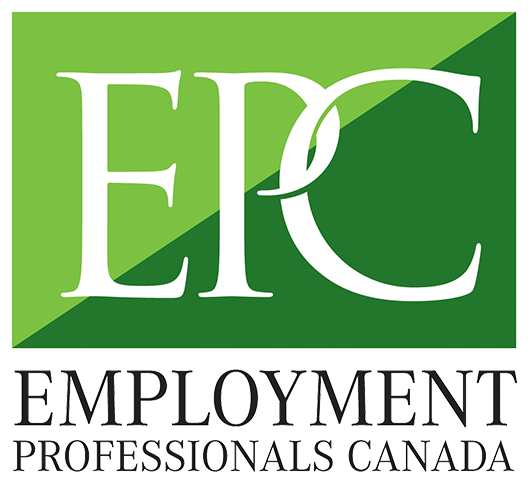Are you ready to meet your company’s talent needs in 2016 and beyond?
Take the last few weeks of the year to fine-tune your staffing plan so that it aligns with your organization’s overall operating plan. Your strategic staffing plan ensures success in:
- Recruitment: Your job is to attract the right talent to meet your needs, while eliminating the risk of costly hiring mistakes.
- Retention: Now is the time to assess such areas as training, development and employee benefits to ensure that you continue to meet the needs and expectations of your top performers.
- Budgeting: It’s imperative that you clearly define needed staffing levels and their associated costs for every budget cycle.
Steps to Perfecting Your Plan
Follow these steps to ensure the effectiveness of your staffing plan:
- Identification of current staffing needs. Consider the required hours, skills and experience required to meet your current staffing needs. Review payroll, income statements, benefits, seasonal employment and turnover rates for the past few years.
- Evaluation of your current staff. Identify your current employees, their job descriptions and any foreseeable changes in their employment. For instance, are there pending retirements, maternity leaves or possible departures due to flight risks?
- Discussion of company culture. Survey your staff and meet with managers to discuss attitudes and changes in organizational culture during 2015 or in other recent years.
Create a Future Staffing Plan
Once you have evaluated current needs and staff, make a list of changes you would like to see in your workforce. Your future staffing plan should project five to 10 years into the future.
- Succession planning is important. This includes planning for workplace promotions as well as new hires. You will need to increase pay rates by 50 to 100 percent in order to take a low-level employee and promote them to mid- or upper-level management within a decade.
- Set up a seasonal employment process. If customer demand ebbs and flows during certain times of the year, create a procedure for hiring temporary or contact staff. Include incentives for these employees to do well or possibilities to reward good work with additional employment opportunities.
- Restructure as needed to meet long-term goals. Change can be difficult, but the sooner you adjust to fill gaps and reduce any surpluses, the more efficient your staffing will be.
- Don’t be afraid to hire new people. While promoting from within can increase job satisfaction, filling vacancies with new talent may make your company more innovative. For instance, if you need a social media expert, it may be better to inject new ideas into your organization than to train a current marketing person.
- Consider improving benefits. This remains a leading strategy for decreasing turnover. Enhancing health insurance, retirement plan, and work/life balance offerings can significantly build morale and make you more competitive as an employer.
- Execute your plan slowly and confidently. Announce changes and goals while accepting employee feedback and comments, so every employee feels involved and has a sense of ownership.
- Review your plan regularly. Once a year is a good rule of thumb for updates based on new business needs and market changes.
Maintaining a successful staffing plan can seem overwhelming. A strategic recruitment partner can be a tremendous help in getting you started – or polishing up your existing plan as you look ahead to 2016. It’s not too late to make it happen! To learn more, contact the Employment Professionals Canada team today.

